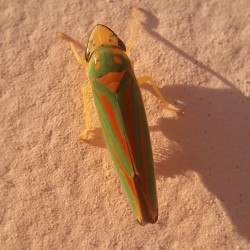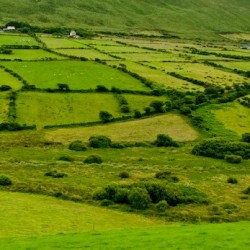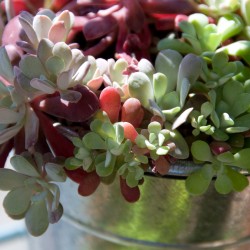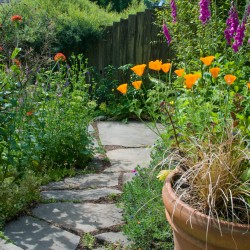
Back in May I announced that I was joining the Native Plants & Wildlife Gardens team to contribute a post every month. I have since then written five articles for the blog but unless you follow The Metropolitan Field Guide on Twitter or Facebook you may have missed them. This post is a roundup of those first five posts, and in the future I will post an excerpt and link here when I have a new article on the Native Plants & Wildlife Gardens blog.
 Get Thee a Hand Lens!
Get Thee a Hand Lens!
As a naturalist there are certain pieces of equipment which are necessary; a pair of binoculars, a couple of fields guides, a notebook for example. However, how many of you would have listed a hand lens as one of those necessities? I never even thought of it until I read Crow Planet: Essential Wisdom from the Urban Wilderness and the author talked about always carrying a hand lens as part of her daily repertoire, because it allowed her to examine things that may otherwise be overlooked. A few months ago I got a hand lens and it can’t be overstated how much it’s changed the way I view the natural world.
Visiting Certified Community Wildlife Habitats
Recently, I attended my third community wildlife habitat tour here in the Puget Sound region. This area is lucky to have a great number of National Wildlife Federation Certified Community Wildlife Habitats including some of the oldest. There are 30 active communities in the Puget Sound, 12 are certified, some registered while others are active and working towards getting their communities certified. The newest certified community, Sammamish achieved theirs in less than 2 years.
 Hedgerows
Hedgerows
Hedgerows are low-cost, high-impact design elements which can be used along pathways, rail lines, power line easements or roads to create habitat corridors in cities, connecting a network of habitat patches together. Homeowners can coordinate to create long, connected hedgerow corridors to provide somewhere for small mammals, insects, pollinators, spiders, birds and herptiles to move around safely, nest in, shelter for the night and provide refuge and food. They also provide valuable habitat and corridors in agricultural land.
 Native Plants and Balconies
Native Plants and Balconies
Planning a garden on a balcony is often a challenging prospect, but using native plants can both help, and cause further frustration. Balconies are a very different environment from the places native plants usually grow. In addition to the usual challenges of balcony gardens such as using containers, reflected heat and sun exposure, the weather in cities where most balconies are located is also different. Temperatures in the city are also higher due to the urban heat island effect and in addition, the sun often reflects off the buildings and projects more heat onto balconies.
 Pollinators and Flowers
Pollinators and Flowers
In North America hummingbirds pollinate, in the southwest bats pollinate, but most of all, insects pollinate. By far the most popular garden pollinators are hummingbirds and butterflies, but there are many other beautiful (in a less traditional way) pollinators including flies, bees, moths and beetles. Many pollinators visit flowers for the nectar, such as butterflies, ants and honeybees, however many insects, including bumble bees and lady beetles, visit for the pollen, which they consume.






